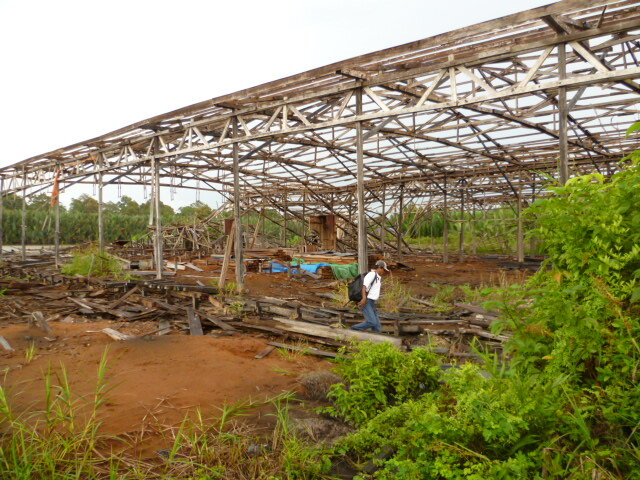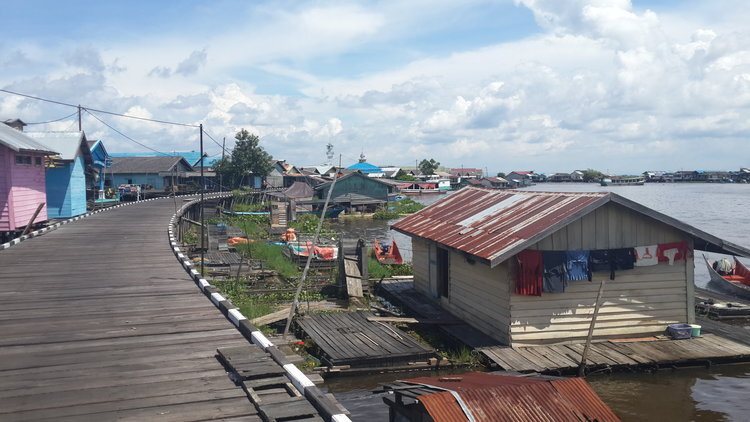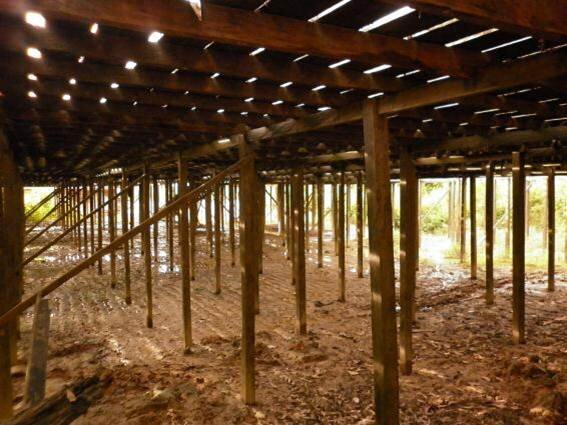What is reclaimed wood anyway?
Reclaimed wood is an umbrella term used to define wood that has been previously logged and used for building or other projects. It can also be referred to as recycled timber or reclaimed timber. This can include post-consumer, water-recovered, and post-industrial. By using lumber that would otherwise become trash, we can create a sustainable building practice, while creating high quality wood for structural and other purposes.
We know exactly where each piece of Kaltimber wood comes from, ensuring that we can account for it and guarantee it comes from a disused structure that was being demolished.
Why choosing reclaimed timber?
Indonesia’s rain forests are facing unprecedented pressure. Given that up to 90% of hardwood logging in Indonesia is illegal and destructive, it is most likely that new timber purchased here has been harvested unsustainably, and has contributed to forest (new and old growth as well as copse) destruction. Indonesia is also the world's third largest emitter of carbon, due to its high deforestation rate.
By choosing reclaimed hardwood over new sawn timber, you are actively contributing to reducing deforestation and carbon emissions in Indonesia. Aged reclaimed timbers are in many cases of superior quality to many commercially available timbers as, due to dwindling stock, younger and smaller trees of inferior quality are being increasingly relied on to supply the domestic timber market. Reclaimed timbers have character and warmth, and can be left in a rustic state or finished to a clean even cut.
Terms you might hear when talking about reclaimed wood:
Post-Consumer Reclaimed
Wood reclaimed primarily from old structures such as old buildings, bridges and other sources.
Post-Industrial Reclaimed
Wood reclaimed from the waste produced by wood processing and manufacturing, such as small or thin scrap material from furniture manufacturing.
Underwater Reclaimed
Wood harvested from underwater forests flooded decades ago to create reservoirs for water storage and power generation.



